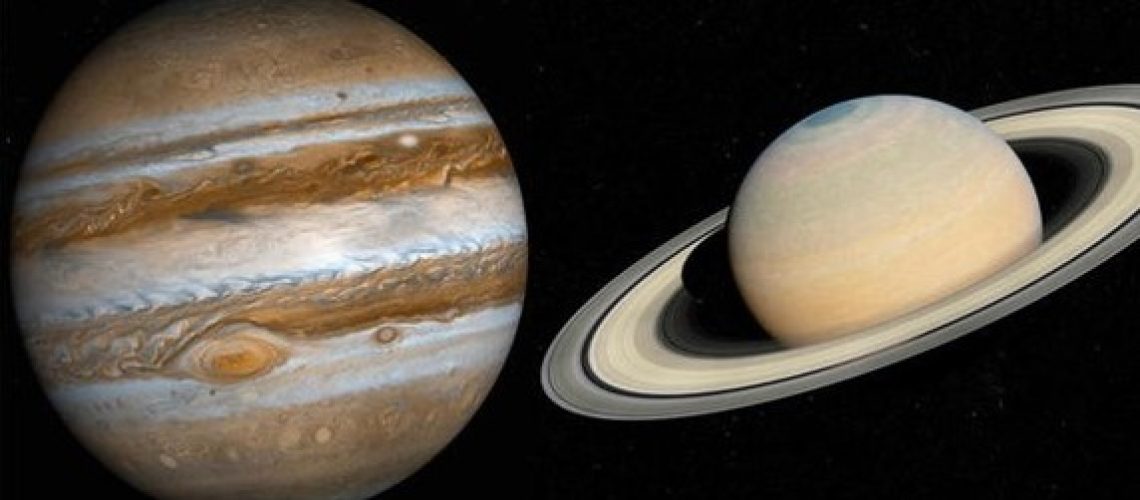Aristotle determined the earth was round when he noticed ships sailing beyond the horizon disappeared from their hulls first and the tops of their masts last. However, his ability to discern truth in nature did not extend to his theory of a geocentric universe revolving around the earth, which despite being wrong, formed the foundation of science for a thousand years. Before Aristotle pondered the horizon, someone else wrote about creation in the book of Genesis and got the order correct. The universe preceded the earth, which was then set in motion separating night and day. That counterintuitive truth was confirmed in 1609 when Galileo innovated a telescope enough to see shadows on the planets, proving Copernicus’ theory that our universe revolves around the sun. He was put on notice that Pope Urban VIII would banish him to house arrest if he published his findings. He proceeded anyway and spent his final decade confined. This original sin of religious oppression over science was to defend the authority of the biblical psalm stating the earth “shall not be moved.”
Like Aristotle, St. Thomas Aquinas sought truth in nature and viewed science as a way to confirm the truths revealed in Scripture. Studying the best science of the 13th century, he determined that the complex harmony of nature must have been set in motion by a “prime mover,” or God. All of history’s philosophers looked to the heavens for inspiration and most found it in the magnificent choreography of the cosmos. Something we can all summon tonight on a sky gazer cell phone app. If we point our phones towards the lower southwestern sky (from NYC anyway) shortly after sunset, we will identify a celestial dance coming around for the first time in about 800 years. On this winter solstice of 2020, Saturn and Jupiter will appear as one for the first time since Thomas Aquinas was just a baby in 1226.
The celestial waltz actually comes around every 20 years but they only appear this close every 800 or so. Galileo could give you the exact number. He actually credited some of his telescopic innovations to the German astronomer Johannes Kepler, another disciple of Aristotle who doubted his geocentric theory. Never quite proving Copernicus’ heliocentric universe, Kepler’s Laws of Planetary Motion were a foundational text of Renaissance science. He speculated that the conjunction of Saturn and Jupiter could have been the bright star that guided the Three Wise Men to the Savior born in Bethlehem 2020 years ago.
Standing on the shoulders of the giants who came before us, we know that Saturn is about twice as far away as Jupiter, and the conjoining planets will actually be more than 450 million miles apart. What was mysterious to Aristotle 2,500 years ago, and Aquinas 800 years ago, became knowledge about billions of universes in the 400 years since Galileo graced the earth. As the universe plays out its ongoing cosmic dance, I hope you have a clear view of the southwest horizon at dusk tonight and ponder what mysteries today might be common knowledge in 800 years.

